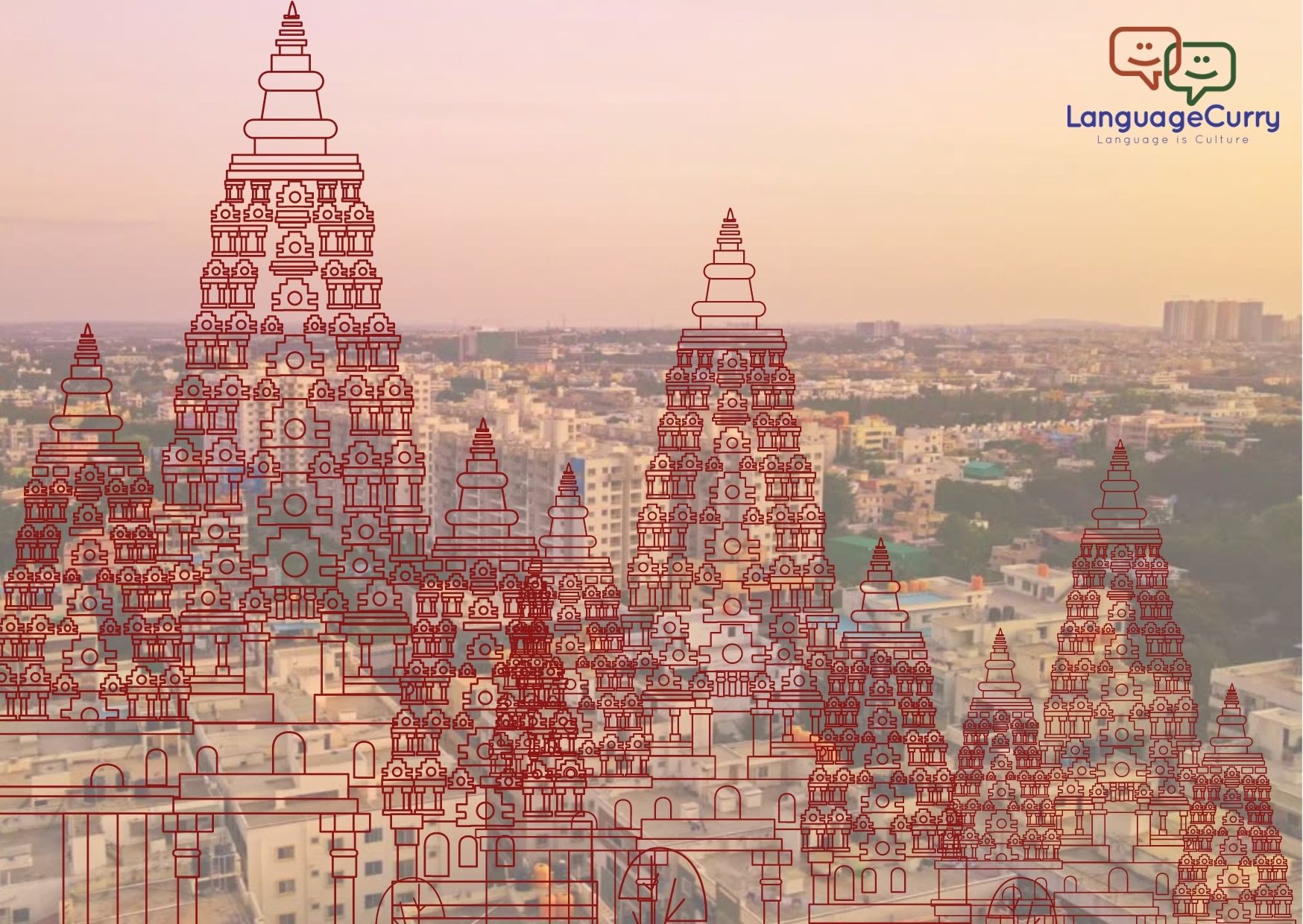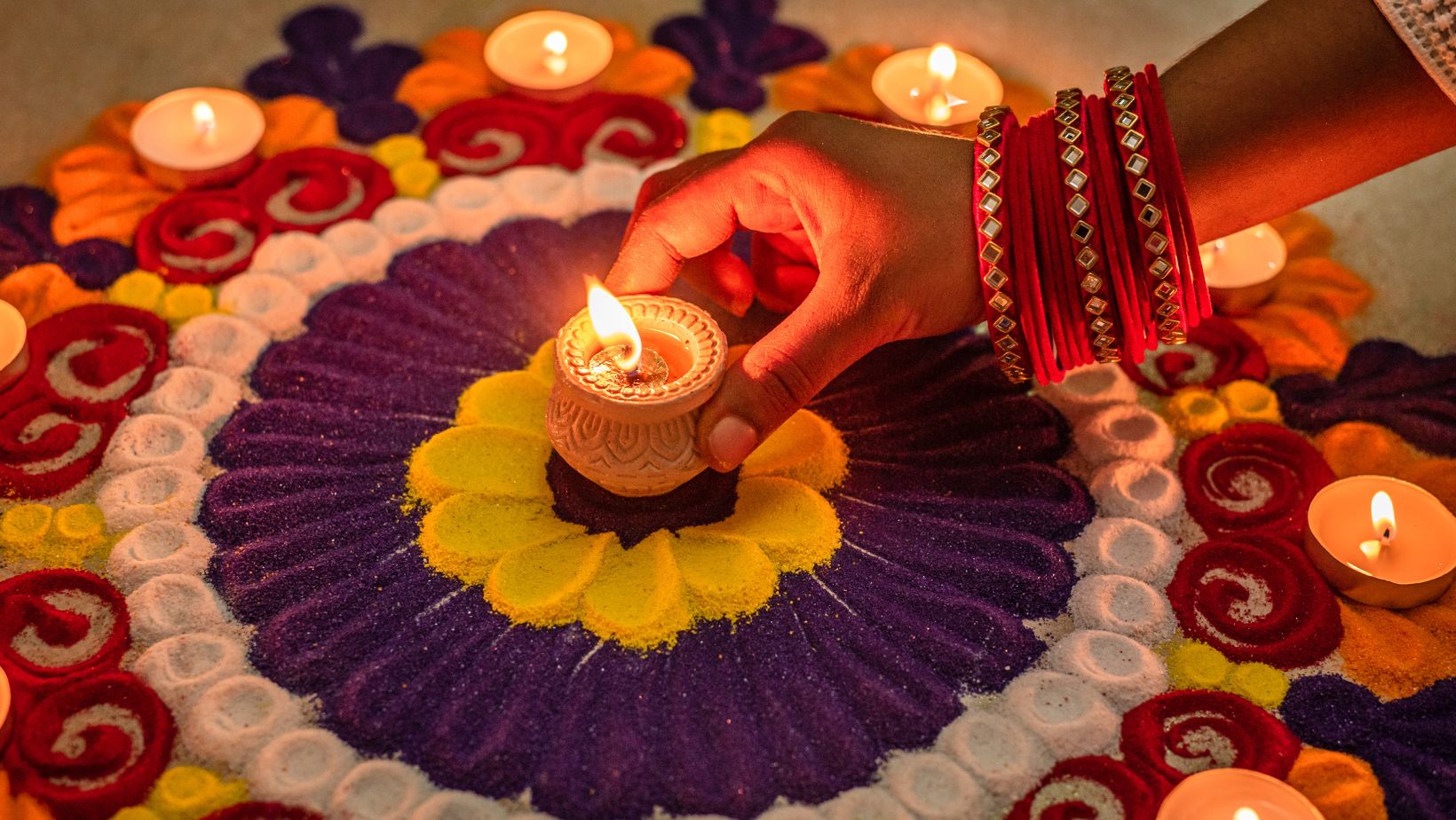Garden city Bengaluru: the anandalahari of mandirs!
Bendakalur, (present Bengaluru) was built by our Nada (Deva of the land) Prabhu Kempegowda. The city has adapted to continual changes over time and become the Bengaluru of today. Donning the title of Silicon City, it has been expanding over the past hundred years and today provides employment to lakhs of professionals.
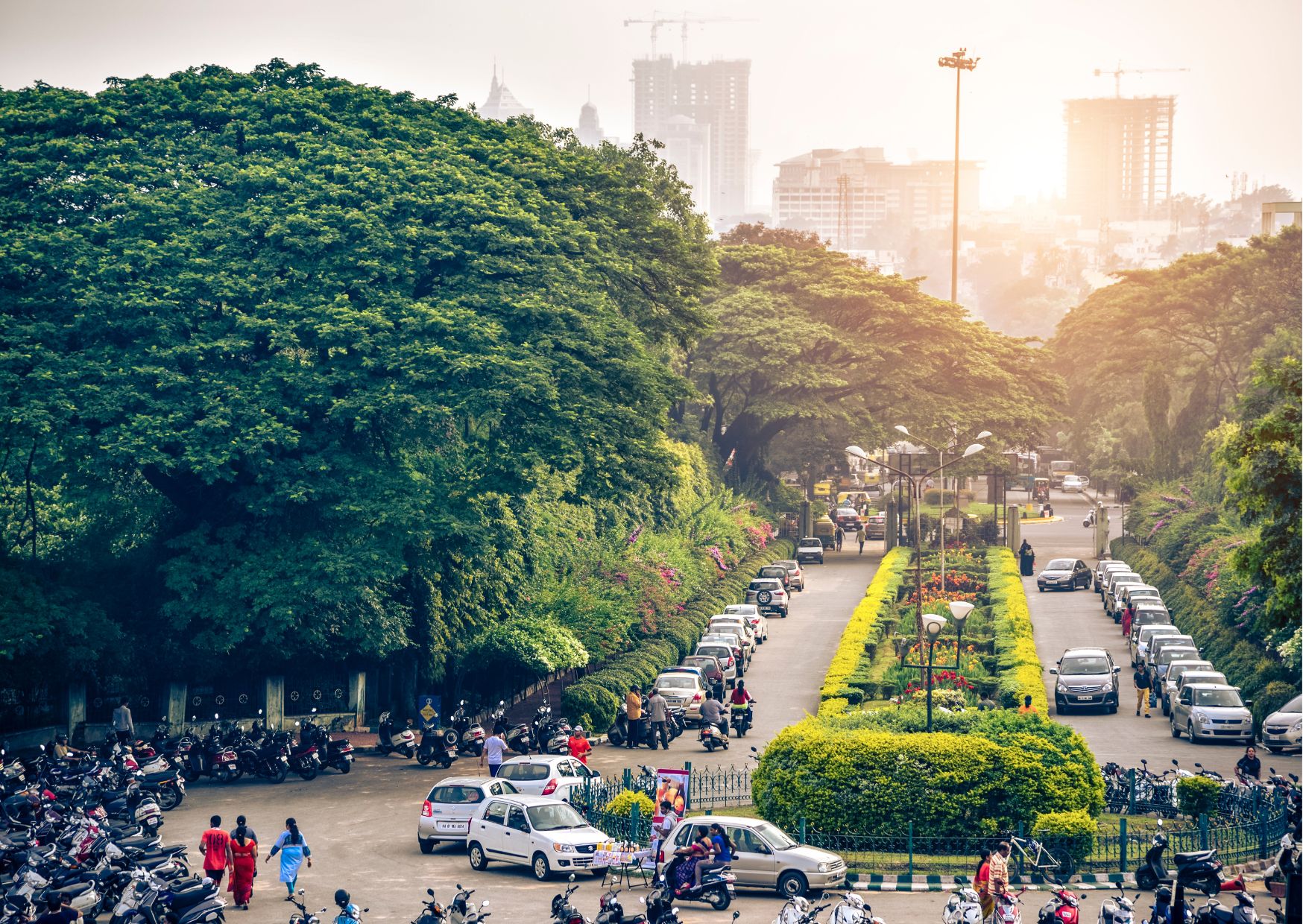
Bengalurians refer to everything dear to them as namma, which means ours. namma is not just a word, it is a passion and you can sense it when you hear Bengalureans say namma RCB squad or namma Metro.
In contrast, we just get blank stares when we ask Bengaluru's current generation about the history of the city. The city has a rich past that spans more than 1200 years. The name of a person by the name of Kittayya is referenced in an ancient Kannada inscription from the 7th century that was found in the city of Hebbal (in Today’s Bengaluru). Kittayya was known as the first citizen of Bengaluru city to get recognized in the inscription. It also notes that Hebbal was formerly known as Perbola Nadu. This inscription is thought to be from the Ganga era.
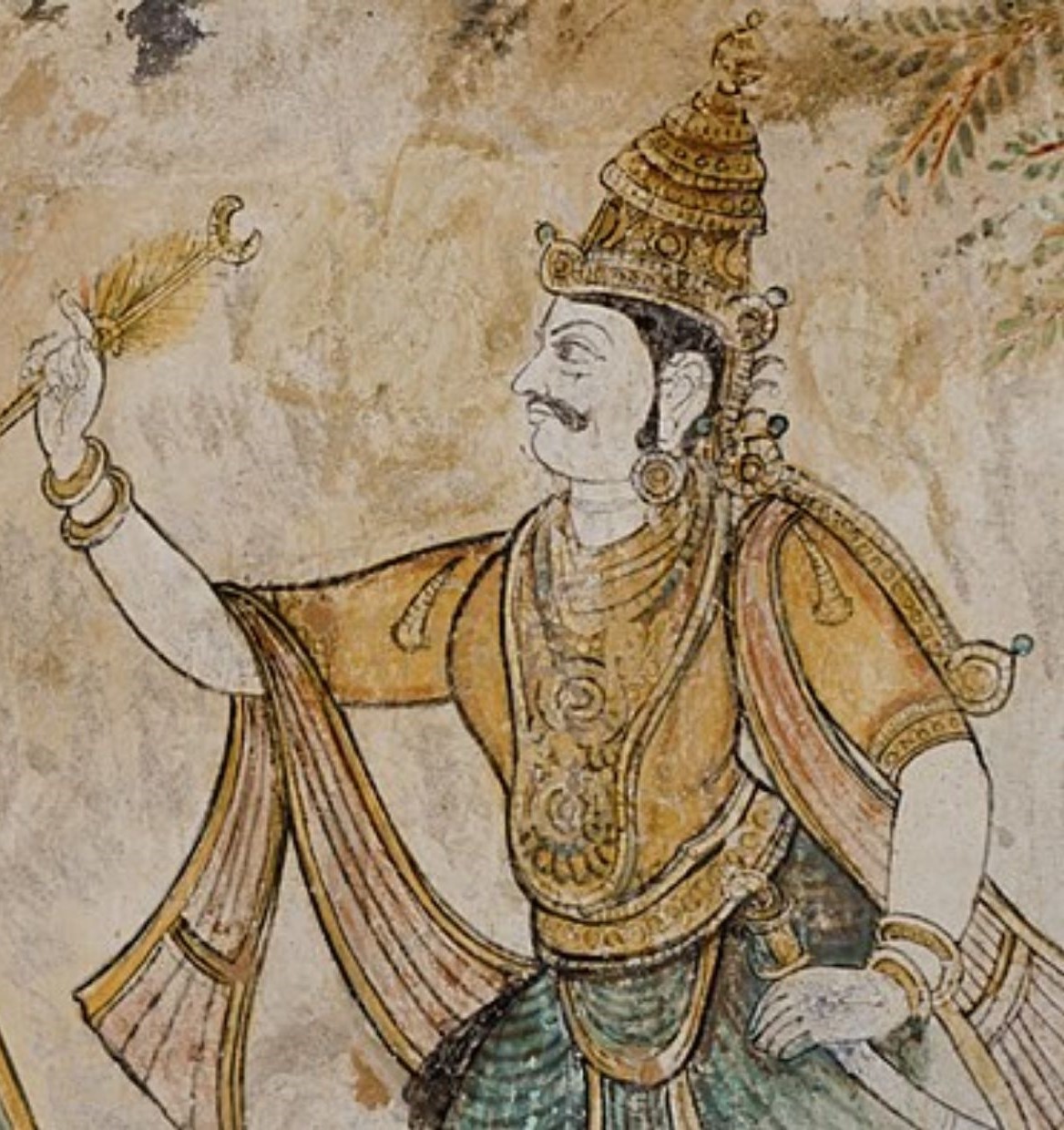
Today’s leaders are in control of the lands that were previously run by the Cholas, Gangas, Rashtrakutas, Marathas, Hoysalas, Kadambas, Karnataka Samrajya (Presently known as Vijayanagara Samrajya because of its capital city Vijayanagara), Chalukyas, and the Maharajas of Mysore.
Often overlooked are the city's historic mandirs when the city's most important places that have contributed to the cultural legacy of Bengaluru are thought of. One remember modern places like Independence Park, Vidhan Sabha, Bengaluru Palace, Tipu Palace and Fort, Town Hall, Corporation Building, Mayo Hall, Sheshadri Iyer Memorial Hall, Aero India, Fun World, and Snow City.
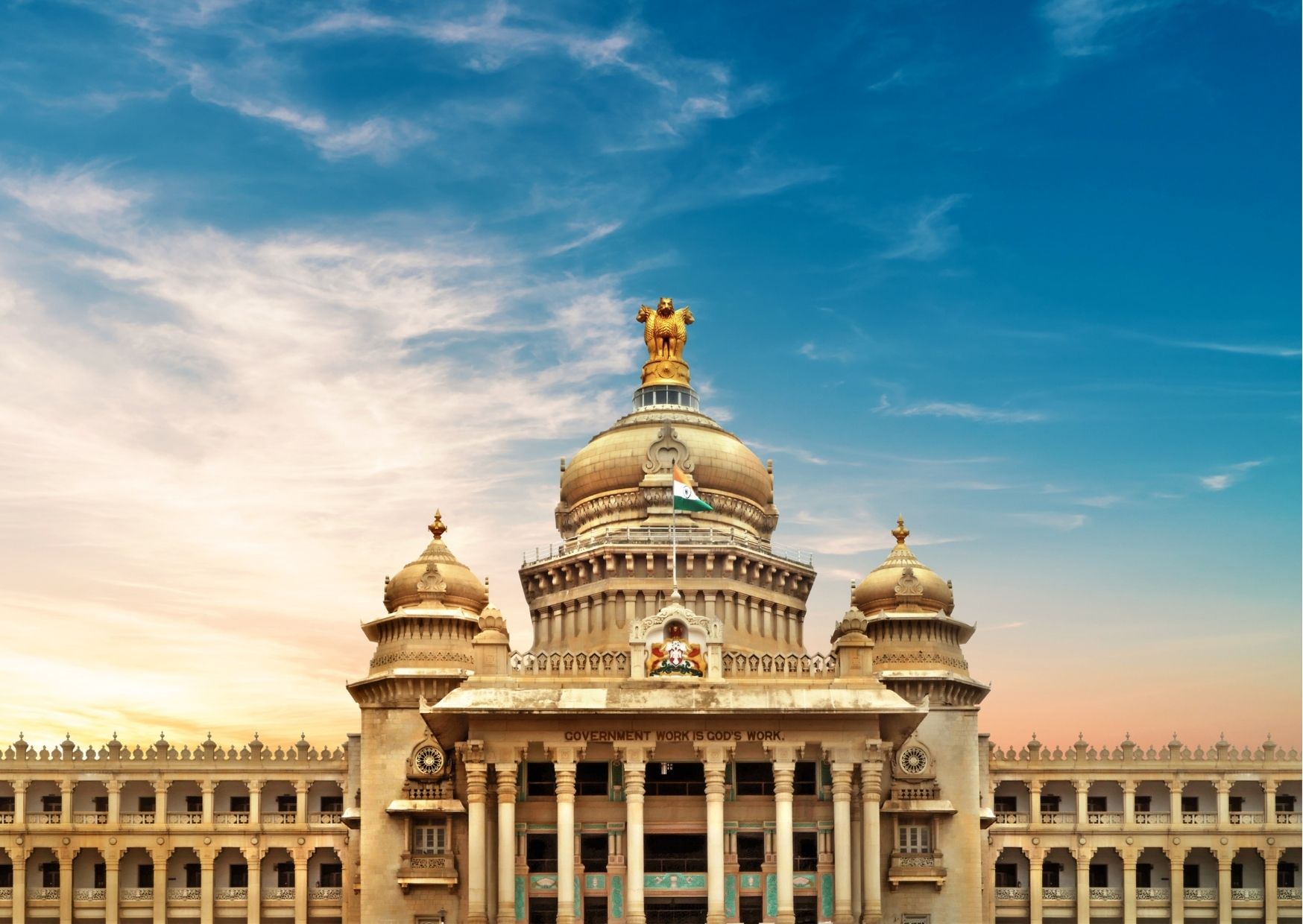
There is a kagga (Poem) by a well-known writer and philosopher from Karnataka, D.V Gundappa. His Mankutimmana Kagga (Philosophical Book) is recognized as a Kannada Bhagavadgeeta. He used Marula Muniya as a pen name for his poems.
In one of his poems, he says:
Sri Majjaganmukura Vistaradolar Tanna
Maimeya Pratibimba Chitragalannu Nodu
Ttamodabadutihano Aatanadidaavareya
Naamarasuvam Baro
The poet asks us to seek the lotus feet of the creator of this richly endowed ephemeral world, in his magnificence, he is relishing taking in the sights and sounds of its mirage-like image (reflection).
I believe that the person is residing in the mandirs of Namma Bengaluru.
Let’s take a look at some of the mandirs in Bengaluru:
The Nandi Mandir of Basavanagudi built in the sixteenth century – which also consists of Sri Dodda Ganapati Mandir in its premises
The Sri Someswara Mandir of the 10th century period is located in Halasuru
The Sri Narasimha Swamy Mandir also known as Vaikuntha Kshetra built around 400 years ago. It is located near Roopena Agrahara
The Sri Venugopalaswamy Mandir which is constructed like Vijayanagara style of architecture is located near Devanahalli
The Nageswara Swamy Mandir of the 9th century near Begur
The Pandurangaswamy Mandirs of Yalahanka, Sri Vasantha Vallabharayaswamy Mandir of Vasantpura is also considered as Chikka Tirupati (Mini Tirupati Mandir of Bengaluru)
Dravidian and Vijayanagara style 'Kote Venkataramana' Swamy Mandir of 17th century in KR Market
The Ranganathswamy Mandir and the Sri Kailasa Vaikuntha Mahakshetra of Rajajinagar have a legacy of 300 years

Sri Rajarajeshwari Mandir of Sri Rajarajeshwari Nagara is located at the place where once river Cauvery and Vrishabhavati used to flow
The Ragigudda Prasanna Anjaneya Swamy Mandir located near Jayanagara. Here one can seek darshan of the dashavataras of Vishnu.
There are numerous mandirs hidden from view, blooming like golden lotuses throughout Bengaluru, quietly emitting the aroma of culture. Our Garden City is truly the anandalahari (waves of happiness) of Mandirs. It is not just the City of IT-BT Companies and Concrete Buildings.

